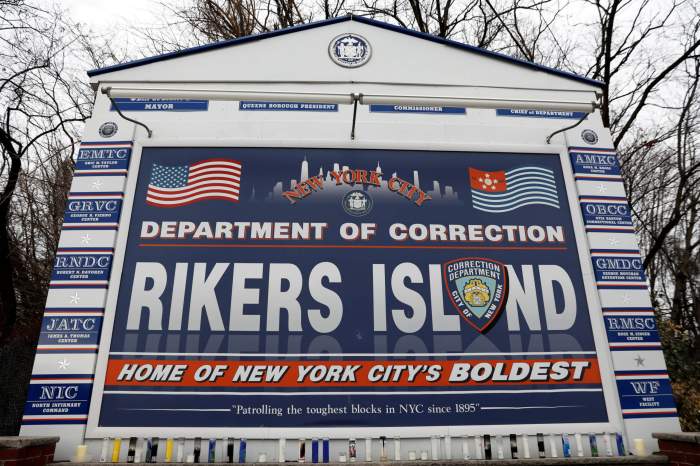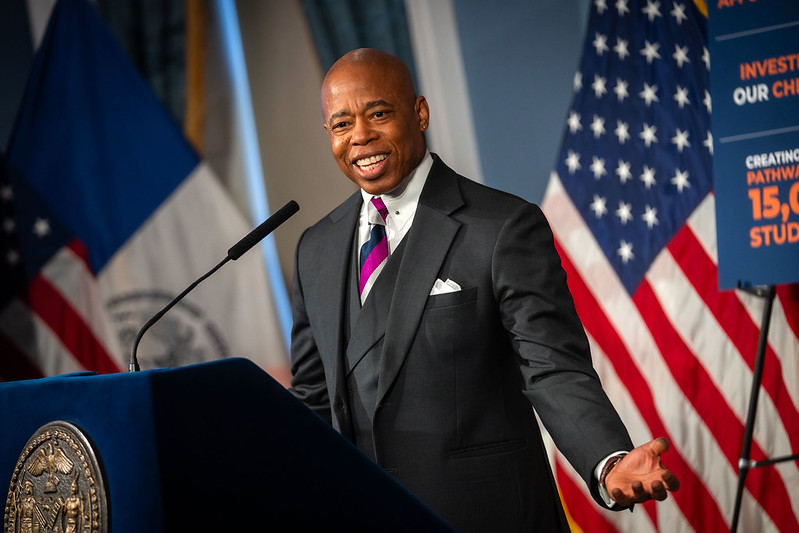Associated Press
WASHINGTON (AP) – This may be the year Congress decides what to do about the millions of immigrants living illegally in the U.S. After years of gridlock, there are ideas whizzing all around Washington.
For now, all eyes are on an 844-page Senate proposal with the you-said-a-mouthful title of the “Border Security, Economic Opportunity and Immigration Modernization Act of 2013.”
The Senate Judiciary Committee was expected to take its first votes on the legislation on Thursday.
What’s in that bill? Is there a Plan B? And who are all these immigrants, once you get past the big round numbers?
A big dose of facts, figures and other information will clarify the issues surrounding the current debate:
WHY NOW?
Major problems with U.S. immigration have been around for decades.
President George W. Bush tried to change the system and failed. President Barack Obama promised to overhaul it in his first term but never did.
In Obama’s second term, he’s making immigration a priority, and Republicans also appear ready to deal.
Why the new commitment?
Obama won 71 percent of Hispanic voters in his 2012 re-election campaign, and he owes them. Last year’s election also sent a loud message to Republicans that they can’t ignore this pivotal voting bloc.
It’s been the kind of breathtaking turnaround you rarely see in politics. Plus, there’s growing pressure from business leaders, who want to make it easier for the U.S. to attract highly educated immigrants and to legally bring in more lower-skilled workers such as farm laborers.
Continuing Hed:
Immigration Debate:-
What’s The Problem?
Talk about “comprehensive immigration reform” generally centers on four main questions:
* What to do about the 11 million-plus immigrants who live in the U.S. without legal permission.
* How to tighten border security.
*How to keep businesses from employing people who are in the U.S. illegally.
* How to improve the legal immigration system, now so convoluted that the adjective “Byzantine” pops up all too frequently.
What’s The Gang Of Eight?
A group of four Democrats and four Republicans in the Senate that crafted a bill to address all four questions. In a nutshell, this proposal would tighten border controls, allow more high- and low-skilled workers to legally immigrate, require employers to verify their workers have legal status, and create an opportunity for those who are in the U.S. illegally to eventually become citizens.
Is There A Plan B?
And C and D.
Obama has his own backup plan in case congressional talks fail, but he’s given his support to the Senate bill as a worthy compromise.
In the House, Republican Rep. Bob Goodlatte, the head of the House Judiciary Committee, says his committee will tackle the main immigration issues one by one, instead of starting with a single sweeping bill.
Separately, there’s a bipartisan House group working on legislation.
Obama says he will keep an open mind about the various proposals, but the final deal has to address all the big issues.
Coming To America
A record 40.4 million immigrants live in the U.S., representing 13 percent of the population. More than 18 million are naturalized citizens, 11 million are legal permanent or temporary residents, and more than 11 million are in the country without legal permission, according to the Pew Hispanic Center, a private research organization.
Those in the U.S. illegally made up about 3.7 percent of the U.S. population in 2010. While overall immigration has steadily grown, the number of immigrants in the U.S. illegally peaked at 12 million in 2007.
Where From?
Twenty-nine percent of the foreign-born in the U.S., or about 11.7 million people, came from Mexico. About 25 percent came from South and East Asia, 9 percent from the Caribbean, 8 percent from Central America, 7 percent South America, 4 percent the Middle East and the rest from elsewhere.
The figures are more lopsided for immigrants living here illegally: An estimated 58 percent are from Mexico. The next closest figure is 6 percent from El Salvador, says the government.
Where To?
California has the largest share of the U.S. immigrant population, 27 percent, followed by New York, New Jersey, Florida, Nevada, Hawaii and Texas, according to the Migration Policy Institute, a private group focused on global immigration issues.
California has the largest share of immigrants in the U.S. illegally, at 25 percent, followed by Texas with 16 percent. Florida and New York each has 6 percent, and Georgia has 5 percent, according to the Department of Homeland Security.
Getting In
Here’s one way to think about the ways immigrants arrive in the U.S: Some come in the front door, others the side door and still others the back door, as laid out in a report from the private Population Reference Bureau.
-Arriving through the front door: people legally sponsored by their families or employers. Also refugees and asylum-seekers, and immigrants who win visas in an annual “diversity” lottery.
-Side door: legal temporary arrivals, including those who get visas to visit, work or study. There are dozens of types of nonimmigrant visas, available to people ranging from business visitors to foreign athletes and entertainers. Visitors from dozens of countries don’t even need visas.
-Back door: Somewhat more than half of those in the U.S. illegally have come in the back door, evading border controls, Pew estimates. The rest legally entered, but didn’t leave when they were supposed to or otherwise violated terms of their visas.
Is It A Crime?
Simply being in the United States in violation of immigration laws isn’t, by itself, a crime; it’s a civil violation.
Entering the country without permission is a misdemeanor criminal offense. Re-entering the country without authorization after being formally removed can be felony.
Pew estimates that a little less than half of immigrants who lack legal permission to live in the U.S. didn’t enter the country illegally. They overstayed their visas, worked without authorization, dropped out of school or otherwise violated the conditions of their visas.
What’s In A Name?
There are varying and strong opinions about how best to refer to the 11 million-plus people who are in the U.S. without legal permission.
Illegal immigrants? Undocumented workers? Unauthorized population? Illegal aliens?
The last has generally fallen out of favor. Some immigrant advocates are pressing a “Drop the I-Word” campaign, arguing that it is dehumanizing to refer to people as “illegal.”
“Undocumented worker” often isn’t accurate because many aren’t workers, and some have documents from other countries. Homeland Security reports refer to “unauthorized immigrants,” but the agency also reports statistics on “aliens apprehended.”
Definitions, Please:
Legal permanent residents (LPRs): people who have permission to live in the U.S. permanently but aren’t citizens. They’re also known as “green card” holders. Most of them can apply for citizenship within five years of getting green cards. In 2011, 1.06 million people got the cards.
-Refugees and asylees: people who come to the U.S. to avoid persecution in their home countries. What’s the difference between the two terms? Refugees are people who apply for protective status before they get to the U.S. Asylees are people who apply upon arrival in the U.S. or later.
-Naturalization: The process by which immigrants become U.S. citizens.
Going Green
Is there an actual green card? Indeed there is.
It’s the Permanent Resident Card issued to people who are authorized to live and work in the U.S. on a permanent basis. In 2010, the government redesigned them to add new security features – and make them green again.
The cards had been a variety of colors over the years. New green cards are good for 10 years for lawful permanent residents and two years for conditional residents.
Sources: Pew Hispanic Center, Migration Policy Institute, Department of Homeland Security, Census Bureau, Government Accountability Office, Population Reference Bureau, Encyclopedia of Immigration.
Associated Press writers Alicia Caldwell and Erica Werner contributed to this report.
Follow Nancy Benac on Twitter: www.twitter.com/nbenac






















